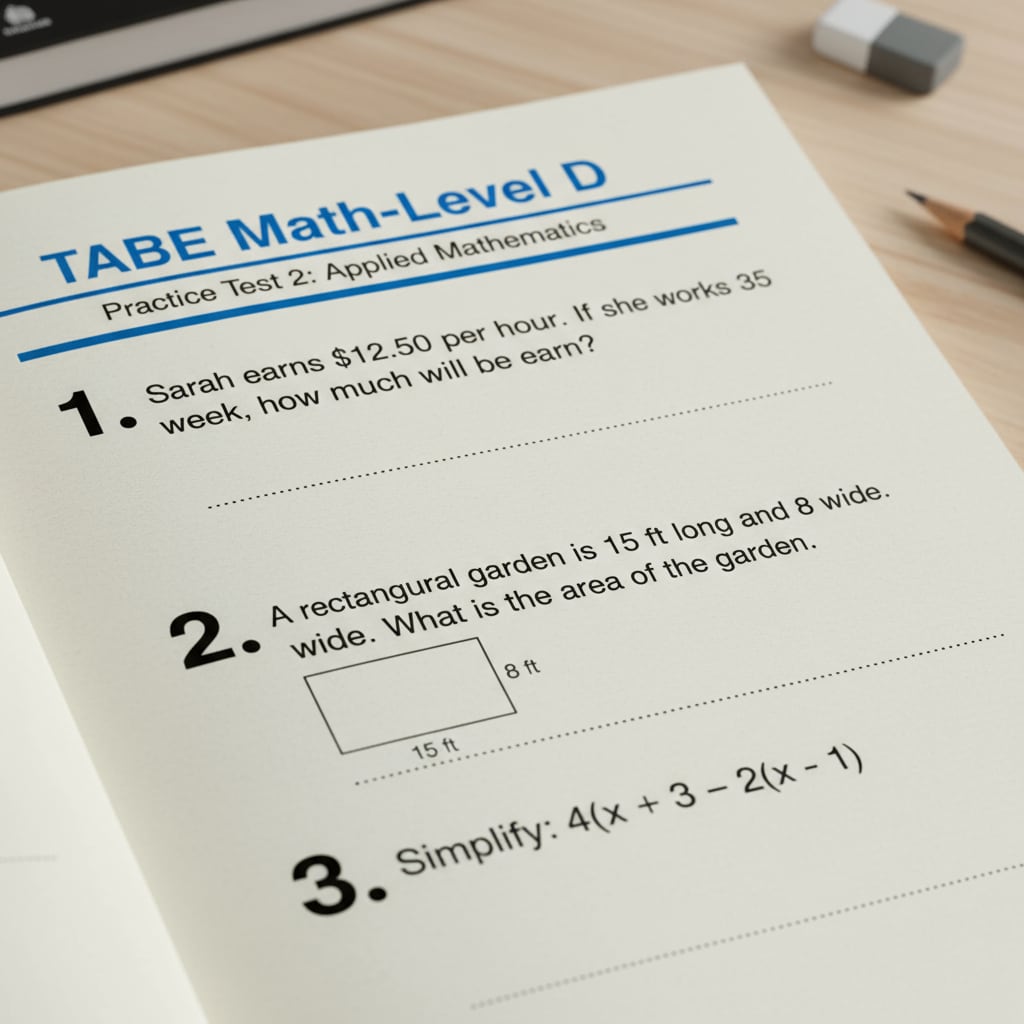The journey to becoming a firefighter often involves navigating through various challenges, and one significant hurdle is the TABE (Test of Adult Basic Education) exam, which is a crucial step before entering EMT (Emergency Medical Technician) courses. Many young individuals with a passion for the noble profession of firefighting find themselves facing difficulties in preparing for this exam.

The TABE Exam Challenge for Aspiring Firefighters
The TABE exam assesses a range of basic skills including reading, math, and language. For those who have been out of the academic environment for a while or struggled with basic academics during school, these assessments can be intimidating. For example, the math section may cover topics like algebra and geometry, which some may have not encountered for years. As a result, many aspiring firefighters may feel overwhelmed, thinking their dreams of joining an EMT course and ultimately becoming a firefighter are slipping away. According to ETS (Educational Testing Service), which administers the TABE exam, a significant number of test-takers struggle with achieving the required scores.

Systematic Learning Strategies
To overcome these challenges, a systematic approach to learning is essential. First, create a study schedule. Set aside dedicated time each day for TABE exam preparation. This consistency will help in better retention of knowledge. In addition, break down the study material into smaller, manageable chunks. For the reading section, practice reading different types of texts and summarize them. For the math section, start with the basics and gradually move on to more complex problems. There are also many online resources available. Platforms like Khan Academy offer free lessons on various TABE-related topics. These resources can be a great supplement to your study plan.
Readability guidance: Keep paragraphs short, use lists where possible, and incorporate transition words to enhance the flow of the article. Ensure that passive voice is used minimally and sentence lengths are within the recommended range.


